Welcome to Episode 22 of the Martin Bailey Photography Podcast. Today I’m going to discuss a simple but often effective compositional technique of including repeating patterns in your images. I also have a few real-world examples for you. Note too that there have been a few issues following the upgrade of my Gallery and Forum software on my Web site recently, so listen out to the housekeeping section at the end of this episode for details if you are experiencing problems. It’s going to be a bit of a quick episode today, as I’ve had very little free time because of working on the issues with the Web site, but let’s get on to the main topic.
As I just said, I’m going to discuss a simple but often effective compositional technique of including repeating patterns in your images. Now there isn’t really anything special about this technique, other than keeping your eyes open for suitable subjects. The best way to do this I think is to view a number of examples, and then keep them in mind when out and about. Let’s look at the first real-world example, which is shot number 16 on my Web site. As it’s been a few weeks since I’ve mentioned this, for the sake of new listeners, you can view the shot in iTunes or on your iPod, or on my Web site by entering 619 into the field on the top page or the Podcast page and clicking the orange button. You can also look for this episode in the list on my Podcasts page and just click the thumbnail. This is probably the preferred method if you are at your computer, as any links that accompany the show and all thumbnails are clickable right there too.
So, image number 16 I think was made in 1992. You can see a building with lots of pure white pillars flowing around in a crescent shape. For this shot, I chose to place the first of the pillars in close to the camera filling the right 25% of the shot. The interest here comes from being able to make out the texture of the plaster or painted concrete in the first pillar. This pillar then hides a number of pillars before picking up the furthest six more pillars making up the crescent. I was blessed with a nice blue sky and a number of fluffy white clouds in the distance, and this is one of those occasions when harsh midday light adds to the composition. I find the shot graphically quite dynamic, so the harsh shadows falling onto the pillars, and throwing the area under the roof into shadow help the white pillars to stand out, adding to the effect. I often wonder what this shot would have looked like with a person in between two of the pillars, but I kind of like it as it is. I shot this with my old Canon EOS 100 on Fujichrome Velvia slide film. This also helps by providing some punchy colours and plenty of contrast. I used a 35-105mm F4.5-5.6 zoom lens which was my standard zoom back then. Not a great lens, but I did OK with it for quite some years before moving to digital and being able to see it’s drawbacks more easily.
Moving on to the next image which is number 152, that I shot while on a business trip to Kobe, way down in Southern Japan. It’s just a bunch of moped type motorbikes, or scooters, that were lined up outside a bike shop. Here the effectiveness is brought out not just by the repeating patterns but also by the contrasting colours. Again, I find the harsh light from the midday sun added to this shot, helping to add some star shaped reflections and also to enhance the colours and add contrast. This was made with a Canon PowerShot G3, which is or was a few years ago, a high end compact digital camera. I used to drop this camera into my bag when I couldn’t carry around an SLR. Nowadays I tend to take my 5D without the battery pack in similar circumstances.
In slight contrast to the last two examples which have been obviously man made objects, the next shot, number 200, has a more natural feel. Obviously though, these stalks, left in the paddy field after cropping the rice are in this formation because someone planted them this way, but the point I want to make here is that you can keep an eye out for repeating patterns in many places, not just in urban environments. This shot is a little soft though, probably due to too slow a shutter speed with my 100-400mm lens, as I shot it hand-held for 1/60 of a second. This was shot with a Canon EOS 10D, at F10 with ISO 100. I definitely could have gone to ISO 400 and got acceptable results, but with a shutter speed of 1/250 of a second, making it a much sharper image.
For the next shot, I’ve combined a little humour with the simple repeating pattern of a corrugated panel on a shop wall. Take a look at shot number 234, which I entitled “Please don’t Pee Here”, which is actually just a direct translation of what it says on the sign. The side of the shop is a car park, which is where I stood to shoot this, and I would imagine that they have problems with drunks decided to use this spot as a toilet on the way home from the pub. This is actually quite a common sight here in Japan, and often the guys doing so don’t bother to hide their bits and pieces when doing so. This seems to be pretty acceptable, as there are police boxes on many corners of Japanese towns and cities, but the police don’t do anything. I also found the fact that the person that wrote the sign felt it necessary to say “please” very interesting. They are obviously frustrated to the point that they need to right a sign like this. I find the Japanese to be incredibly polite, when they’re not peeing up your wall that is.
This shot by the way was also made with my 10D and a 28-135mm lens at F7.1 for 1/500 of a second. This was at ISO 100, so we can definitely see a theme of harsh lighting across a number of these shots. As with the first two, harsh lighting definitely seems to enhance the repeating pattern effect. This might well be worth noting. Something else to note is that for repeating patterns to work, the subjects should ideally be equally spaced. Even if you shoot them from an angle, making the repeating objects seem to get closer together as they move into the distance. Your brain will sort this part out and simply identify that the objects are moving into the distance.
The next shot is from the grounds of the Toufukuji temple in Kyoto. Kyoto was the capital of Japan for a thousand years or so until the 1860’s and is just oozing with culture. Shot number 522, is of some concrete Torii gates stacked up closely forming a path to a shrine. I shot this with my 20D and a 100mm F2.8 Macro lens at F5.6 for 1/80 of a second, ISO 100. I chose the 100mm focal length for this shot to emphasize the stacking effect. This kind of breaks the pattern of harsh lighting too, as these gates were in the shade. In this case, the shadows on the inner side of the gate pillars helps to differentiate them. The overall feeling of the shot is much less dynamic though, and much more serene. Maybe this is helped by the religious connotations once you know what these are.
Anyway, there you have a number of real-world examples to help illustrate some ways of using repeating patterns in your images to add interest and give a slightly different edge. Often ending up somewhat abstract, these shots can still tell a story about the surroundings or even cultural aspects of the location. There are a fair few more repeating pattern images on my site, and I’ve only talked about 5 of them today. I’ll add a link to the show notes to enable you to list all shots available. Of course, I’m not suggesting you just copy these shots, but if you get some ideas for your own work, that will be great.
So that’s it for this week’s main topic, and I just need to do a bit of housekeeping before we close. Last week many of you that frequent the web site will know that I upgraded the Gallery and Forum software. There are no real changes to the site from a visitor’s perspective, really just a number of security updates in the Forum and a few changes like being able to order my images in the gallery how I want. One change that will make a difference for member’s if you mark any images as Favourites in the gallery. They are now stored in the database, as opposed to a cookie, which means that you will no longer loose your favourites when you clear you cookies.
Now, there are currently two problems as a result of the upgrades. Firstly, it seems that the way members’ sessions are controlled has changed in the forum, and so people may have problems logging in, or activating their accounts if they registered before the upgrade and then try to activate the account after the upgrade. If you are having problems logging in, please clear out your browser’s cookie cash, and try again. Or if you know how to view the individual cookies with your browser, you can just delete the ones, there should be two, that are created using martinbaileyphotography.com in the cookie’s filename. I have mailed a few people that I saw were in this position, if there is anyone else out there that has registered before Saturday the 28th of January, and you are having problems activating your account, please mail me using the Contact Form on the Podcast page or the one linked from the top page. When you fill out the Contact Form, please enter the mail address you used to register in the mail address field, and provide the user name or screen name that you registered with. Once I can validate your email address, I will activate your account for you.
The other issue following the upgrade of the Gallery software is again two fold, and related to the Search functionality of the Gallery. Firstly, if you click on any search links, and see an error, there is a known incompatibility between the old version of the software and the newer version, and it can cause an error to be displayed. If you see this error, as above, you’ll need to either clear your cookie cache, or remove the martinbaileyphotography.com cookies individually. The second part of the Search functionality issues that I’m facing is that I have not yet found a way to customize the Search functionality of the Gallery to allow me to continue to search for specific database fields. Basically I save data for things like the country and location the image was shot at, or the Lens used etc. in separate places in my database, and I use that to make exact lists of images based on any of these different categories. This is how I used to link the equipment list in my online profile to images shot with that equipment. I won’t go into the details, but I need to figure out how to customize the web site to allow me to continue to do this. I have made some progress last night, and hope to have it licked during this week. For now though, if you use the Gallery Search features and see anything weird, please just try again in a few days.
Sorry for the inconvenience caused by this and thanks for your patience. Once finished, it will make things as secure as it can be, and also improve the overall usefulness of the site.
One other thing to mention is that by the time most of you listen to this, I will have already pulled the January winner of the MBP Member’s Prize for January 2006 out of the hat. Each month using simple program I randomly select one active member from the forum. I then mail that winner, asking you to choose any image from my web site that is marked as being for sale. It does vary for some older lower resolution images, but in general you can choose any paper size or finish up to 13 x 19 inch, which is worth over a hundred US dollars, and I will on receiving your selections I’ll create an original print and post it off to you totally free of charge. This is my way of saying thanks to all of you for being such a cool crowd. If you want to be in with a chance of winning this in February, all you have to do is register, or login if you are already a member, and make a minimum of one post before midnight GMT on February the 28th.
So that’s it for this week. Once again, do have a great week and happy shooting.
Show Notes
The Music in the first 28 Podcasts is copyright of William Cushman © 2005, used with kind permission.
Subscribe in iTunes for Enhanced Podcasts delivered automatically to your computer.
Download this Podcast in MP3 format (Audio Only).
Download this Podcast in Enhanced Podcast M4A format. This requires Apple iTunes or Quicktime to view/listen.


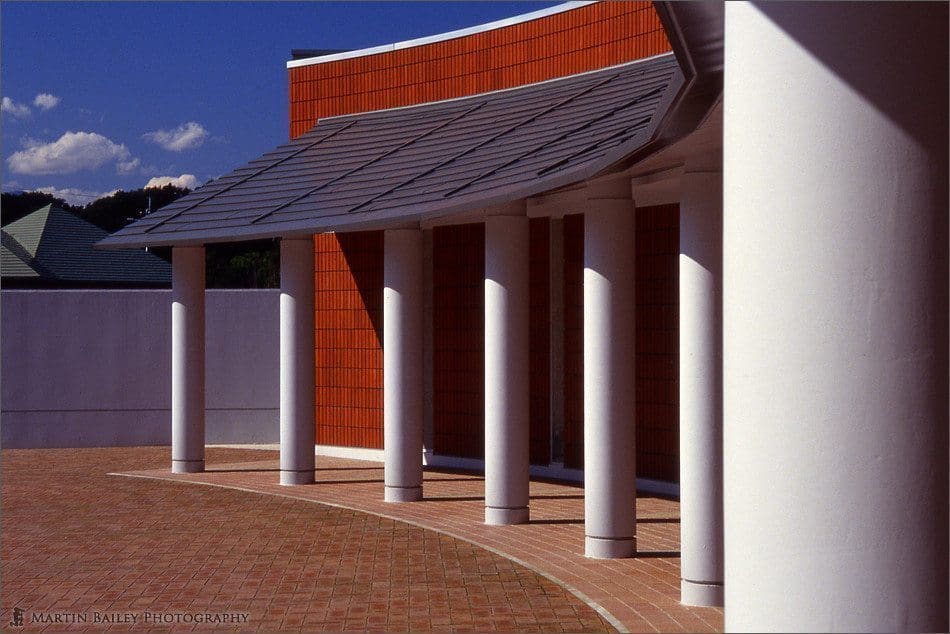
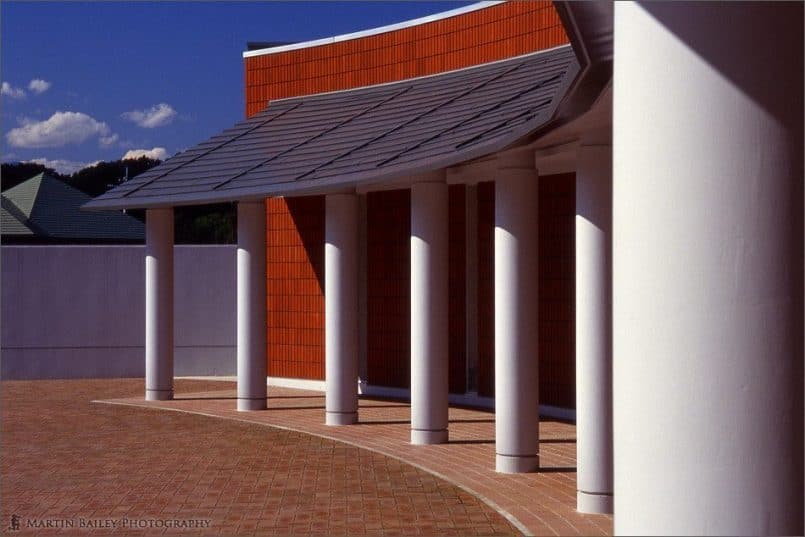
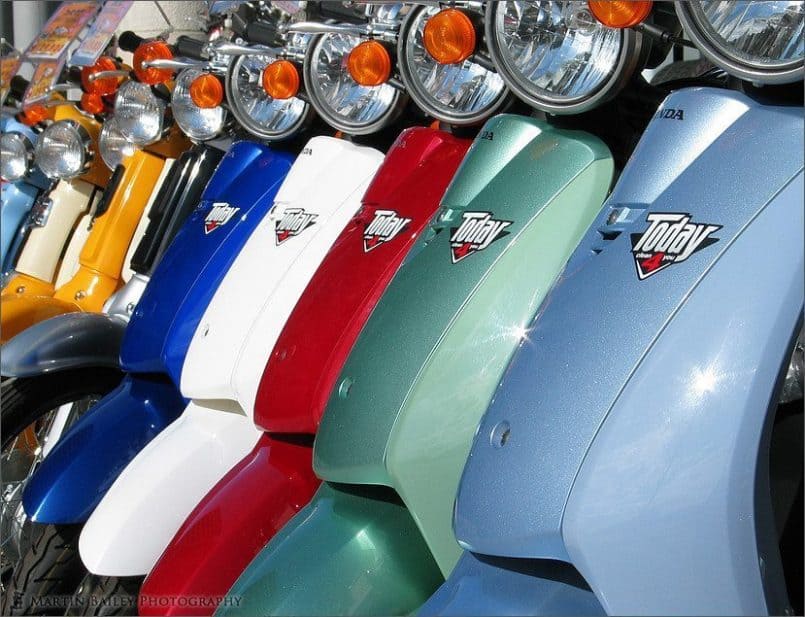
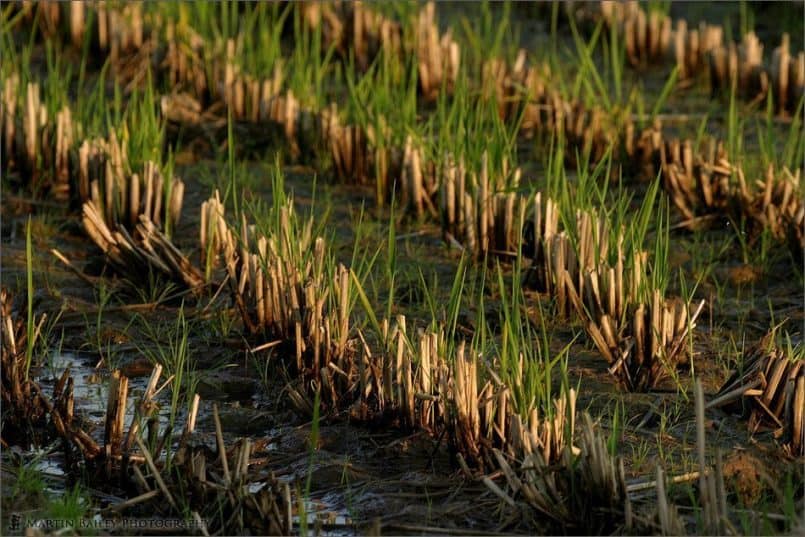
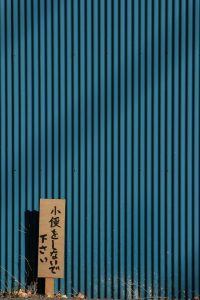
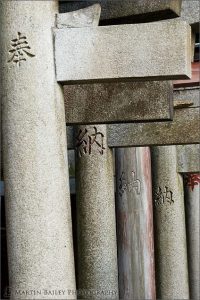

0 Comments